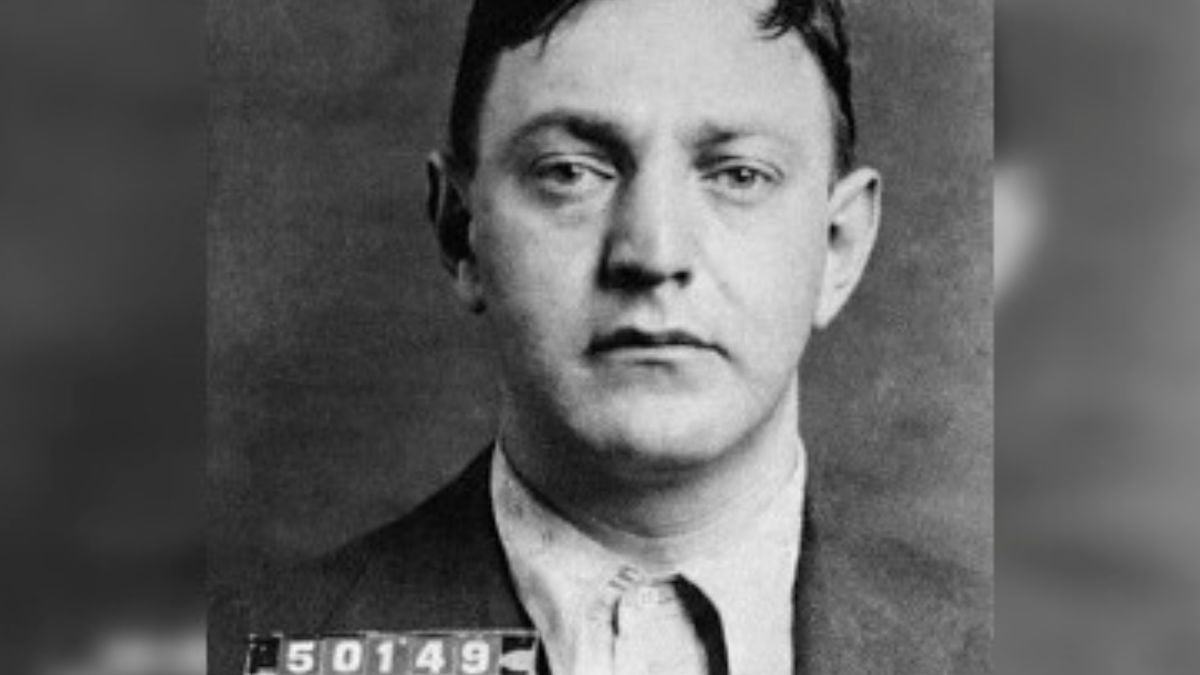In the 1920s and `30s, gangster Dutch Schultz ruled New York’s underworld. Meanwhile, Ellsworth “Bumpy” Johnson rose through the ranks of Schultz’s competitor, Madame Stephanie St. Clair. Eventually, New York grew too small for both men to survive in.
The problem was, both Schultz and St. Clair — who Johnson worked for — made their money running numbers. As a result, they often crossed paths in direct competition with one another. At that point, Johnson did St. Clair’s bidding. He was her bodyguard, personal hitman, and go-to resource for managing her illicit gambling enterprise. In the meantime, tensions grew between St. Clair and Schultz, with Johnson squarely in the fray.
Johnson, however, was not directly responsible for Schultz’ death. It was Italian mob boss Lucky Luciano that ordered the hit on Schultz in 1935. Before that, though, Johnson and St. Clair’s men did wage war against Schultz, and once Schultz was gone, a treaty between Luciano and Johnson changed the course of mob history, helping Johnson to become the “Godfather of Harlem” as he’s known today.
Johnson murdered and kidnapped Schultz’s men
Bumpy Johnson and Dutch Schultz never faced off with each other but Johnson did lead attacks against Schultz’s men, who were kidnapped and killed at Madame Stephanie St. Clair’s behest. Years later, Johnson’s widow, Mayme Hatcher Johnson, wrote about this period in her memoir, Harlem Godfather: The Rap on My Husband, Ellsworth “Bumpy” Johnson.
Hatcher Johnson wrote, “Bumpy and his crew of nine waged a guerrilla war of sorts, and picking off Dutch Schultz’s men was easy since there were few other white men walking around Harlem during the day.” In total, around 40 of Schultz’s men were killed.
Another powerful New York mobster, Lucky Luciano also had an interest in seeing Schultz gone because Schultz proposed killing Special Prosecutor Thomas E. Dewey, which Luciano believed would only draw more law enforcement scrutiny. In 1935, Luciano ordered Schultz to be shot in Newark, New Jersey. He died the next day.
Johnson and Luciano reached an agreement
Though Schultz was dead, a problem remained: Could Lucky Luciano and Madame Stephanie St. Clair, Bumpy Johnson’s boss, coexist peacefully in New York? As St. Clair began to entrust Johnson with more of her kingdom, Johnson sought a solution. In the end, Johnson and Luciano agreed Johnson could run numbers in Harlem peacefully, so long as he gave a cut of his profits to Luciano and his Genovese crime family.
Here’s how Johnson’s widow, Mayme Hatcher Johnson remembered it; “It wasn’t a perfect solution, and not everyone was happy, but at the same time the people of Harlem realized Bumpy had ended the war with no further losses, and had negotiated a peace with honor … And they realized that for the first time a Black man had stood up to the white mob instead of just bowing down and going along to get along.”

